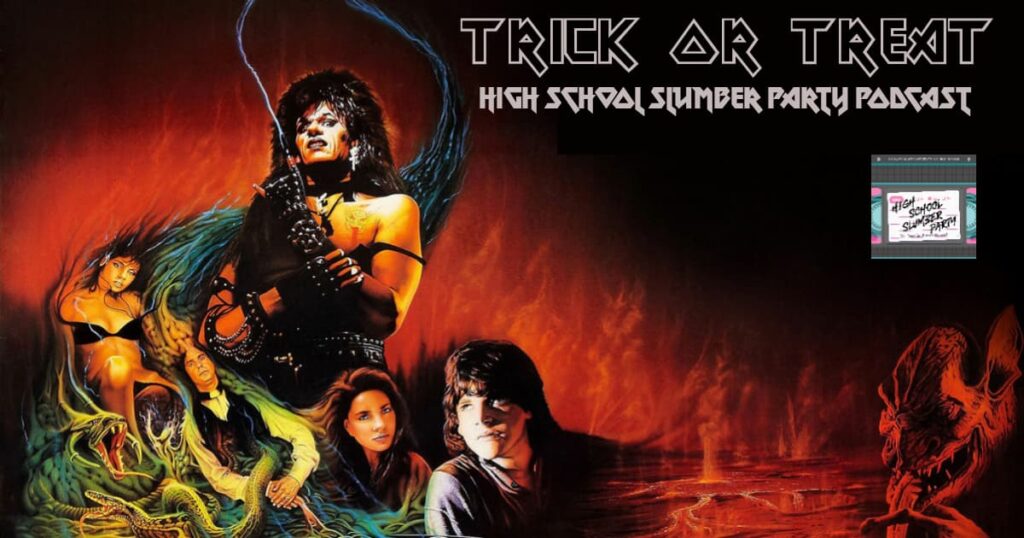
Introduction
As Halloween approaches, the term ‘trick or treat’ resonates with excitement, anticipation, and a bit of mystery, especially among children. This beloved tradition, where costumed kids knock on doors in search of candy, is not just a fun annual event but also a reflection of cultural practices that have evolved over centuries. Understanding the significance of ‘trick or treat’ offers insights into how communities come together during this festive time.
The Origins of Trick or Treat
The origins of ‘trick or treat’ date back to ancient Celtic festivals, primarily Samhain, marking the end of the harvest season and the onset of winter. During Samhain, it was believed that the dead returned to earth, and people would light bonfires and wear costumes to ward off wandering spirits. In medieval times, the practice of ‘souling’ emerged, where children would go door-to-door offering prayers for the dead in exchange for food.
Evolution into Modern Tradition
The phrase ‘trick or treat’ itself gained popularity in the U.S. in the 1920s and 1930s. It first appeared in print in 1927 and quickly became synonymous with Halloween festivities. By the mid-20th century, the ritual of children dressing up and collecting candy had expanded, becoming a deep-rooted tradition across North America. Children, donned in costumes ranging from frightening figures to popular characters, trick-or-treating has now become a significant aspect of Canadian Halloween culture as well.
Current Trends and Responsible Practices
In current years, the practice of trick-or-treating has adapted to reflect contemporary concerns and shifts in society. Parents often accompany younger children, and there’s an awareness about health, safety, and allergies. Many neighborhoods now offer alternatives like Halloween parades, trick-or-treating events at local malls, or even virtual gatherings. With the heightened awareness regarding allergic reactions, some places promote ‘Teal Pumpkin Project’, encouraging households to offer non-food treats like toys or stickers.
Conclusion: A Celebration of Community
As Halloween nears, ‘trick or treat’ continues to be a vibrant tradition, blending fun, creativity, and community spirit. This yearly practice invites a sense of camaraderie, as neighbors engage in a shared experience. Looking forward, it is likely that while new trends will emerge, the fundamental essence of ‘trick or treat’—connecting with the community while celebrating the spirit of autumn—will remain timeless. This Halloween, embrace the tradition safely while enjoying the delightful thrill of gathering treats.



